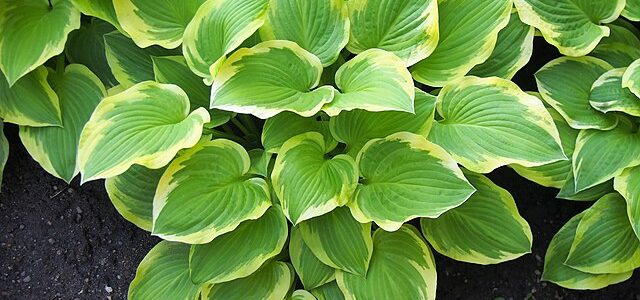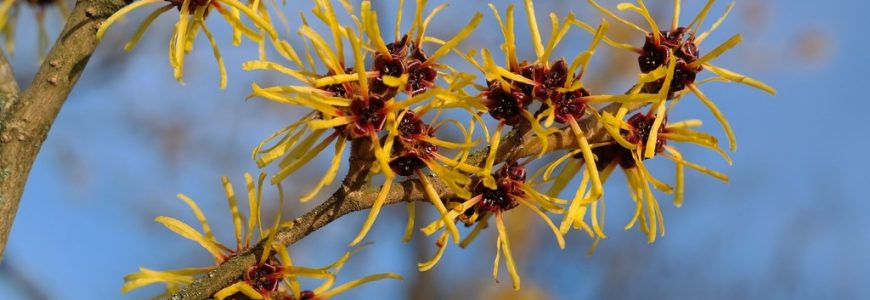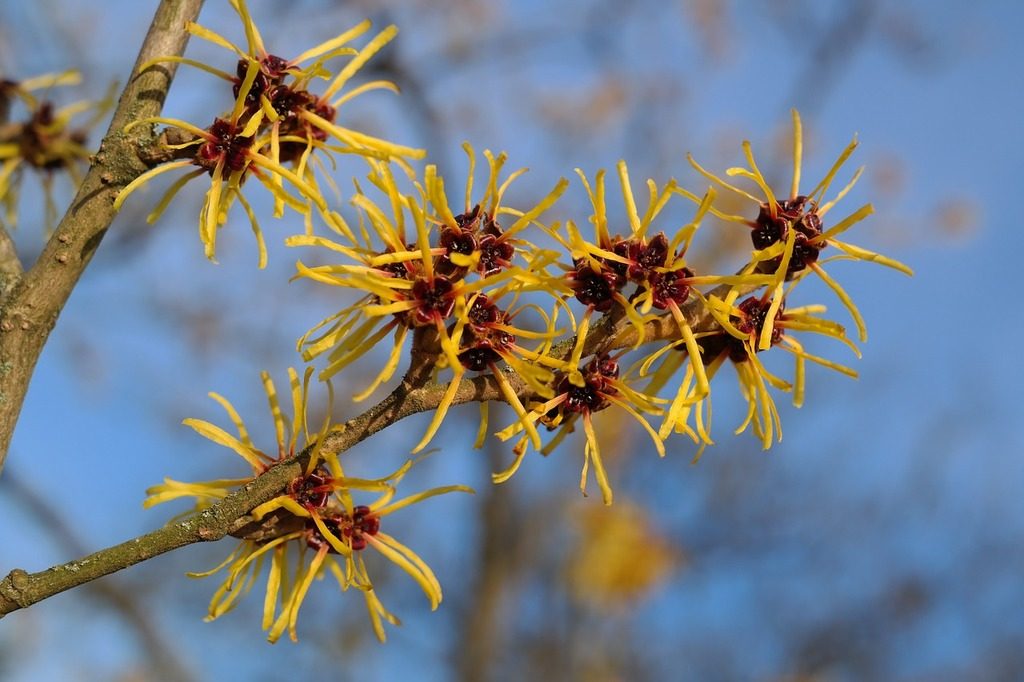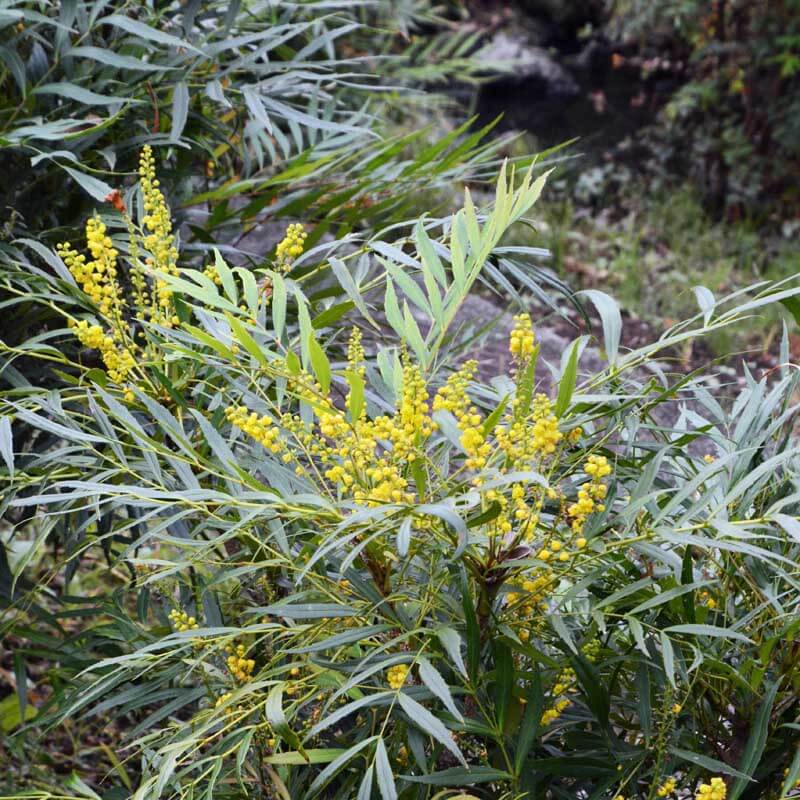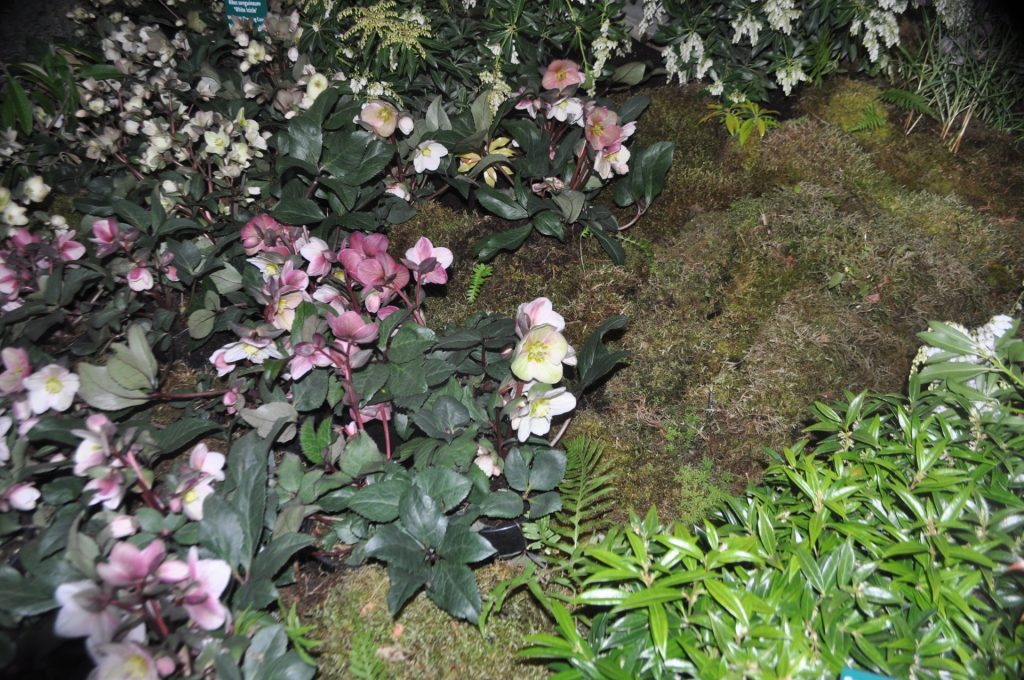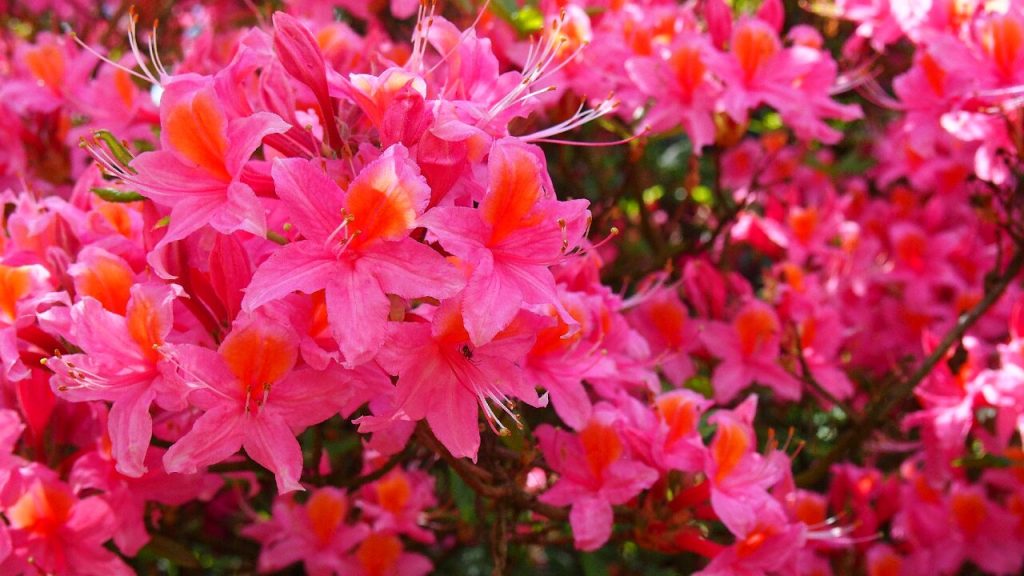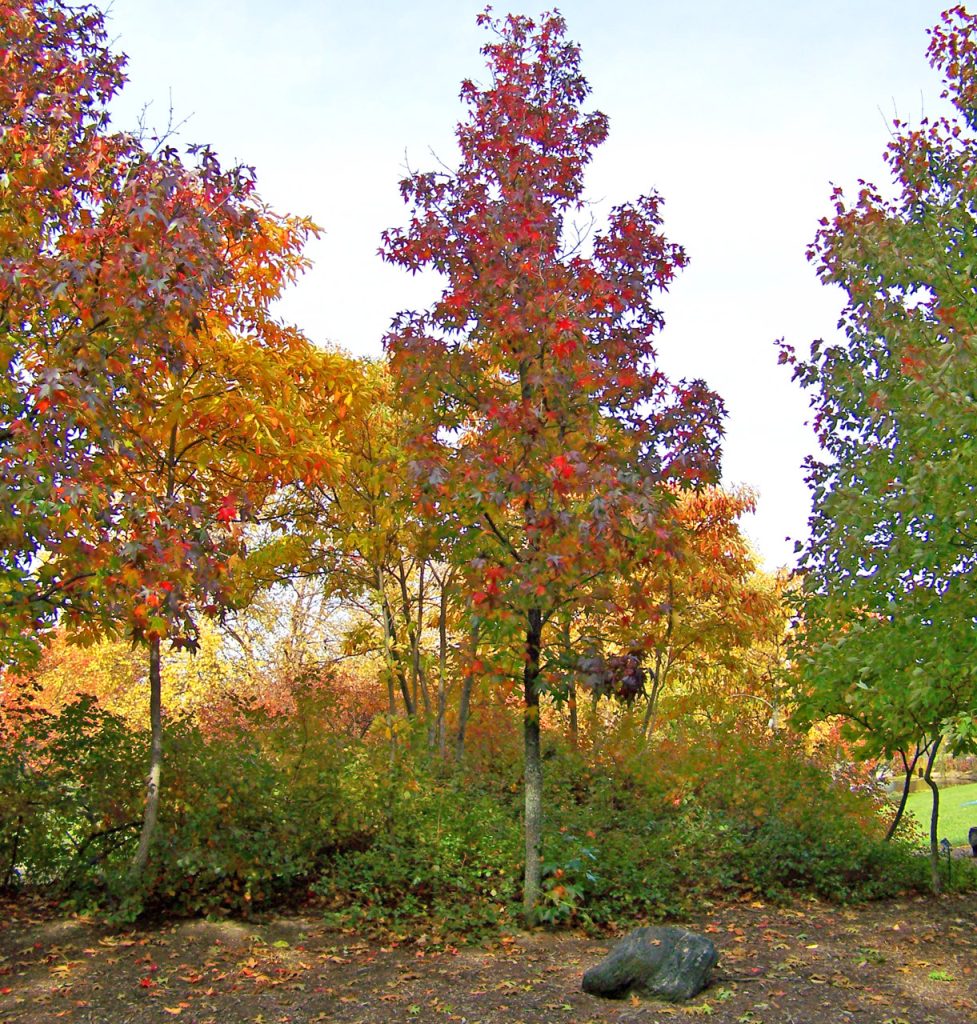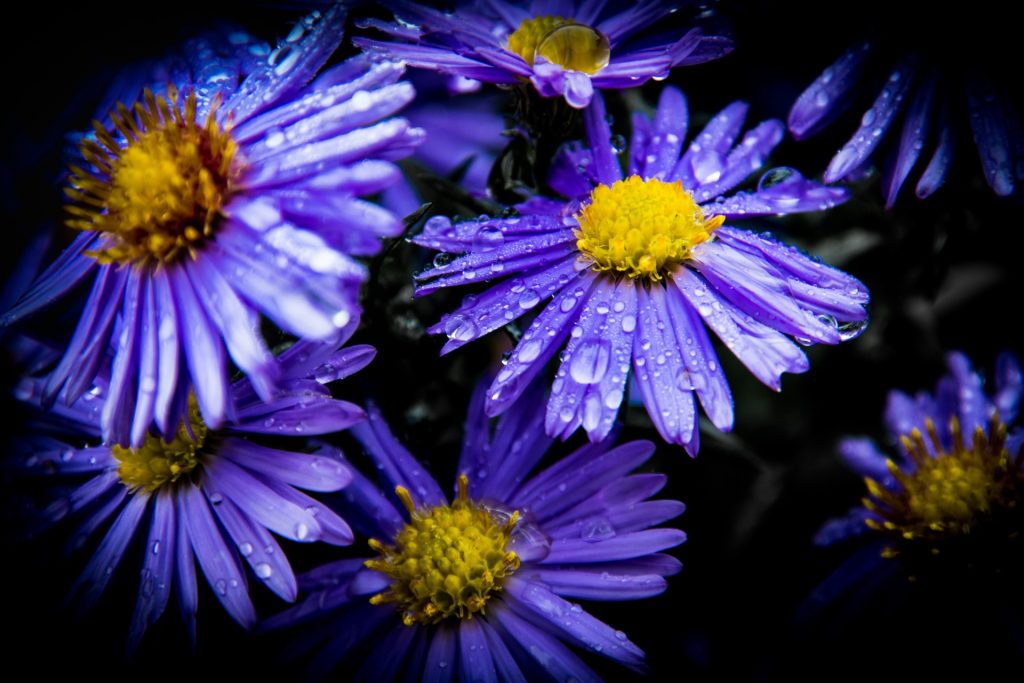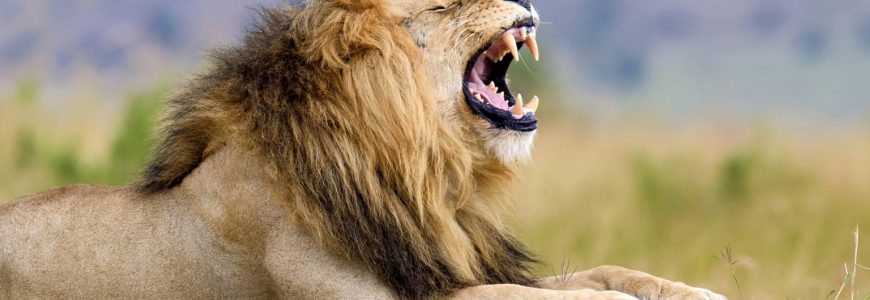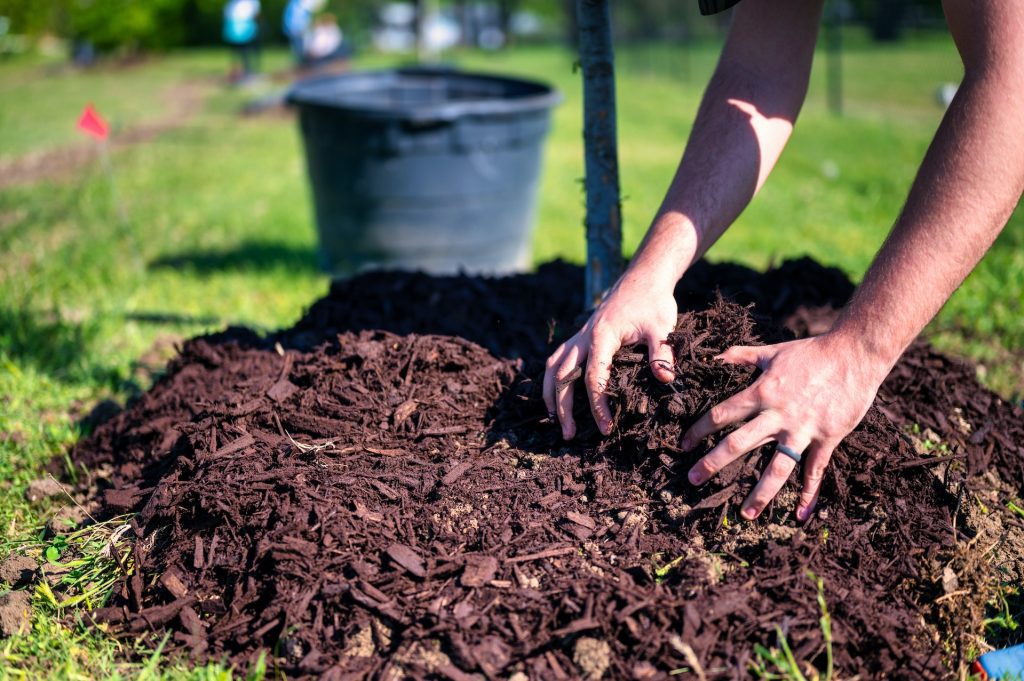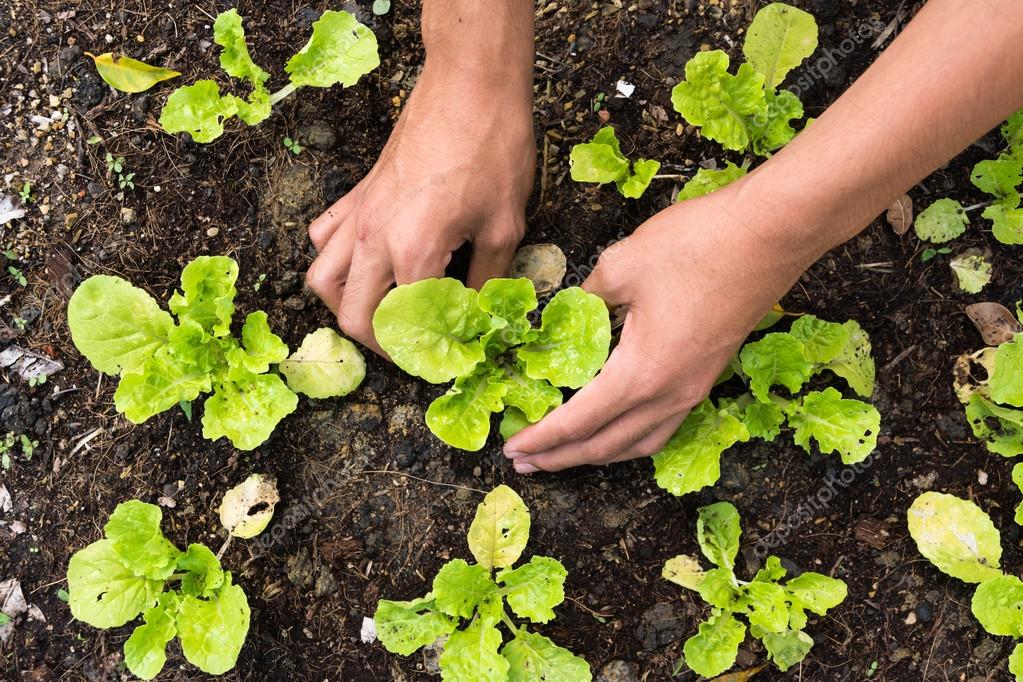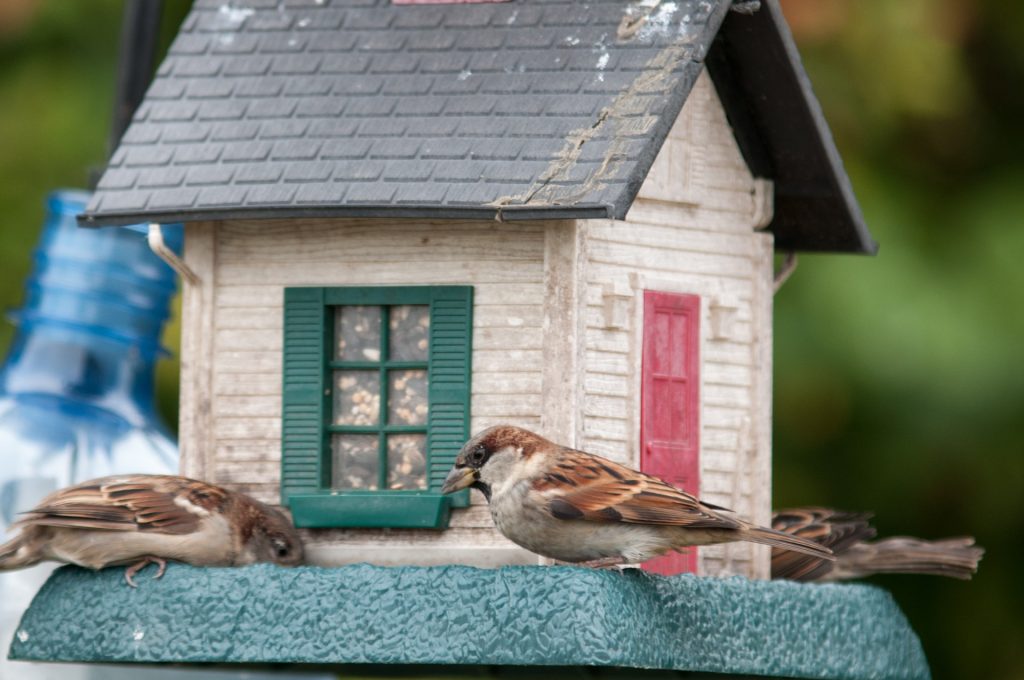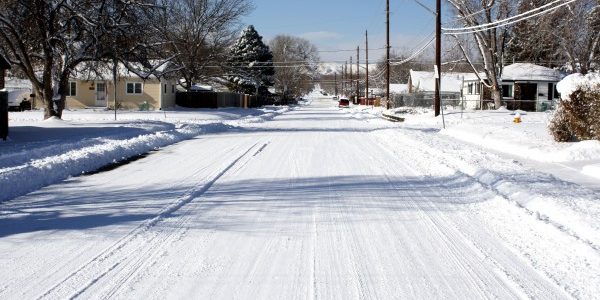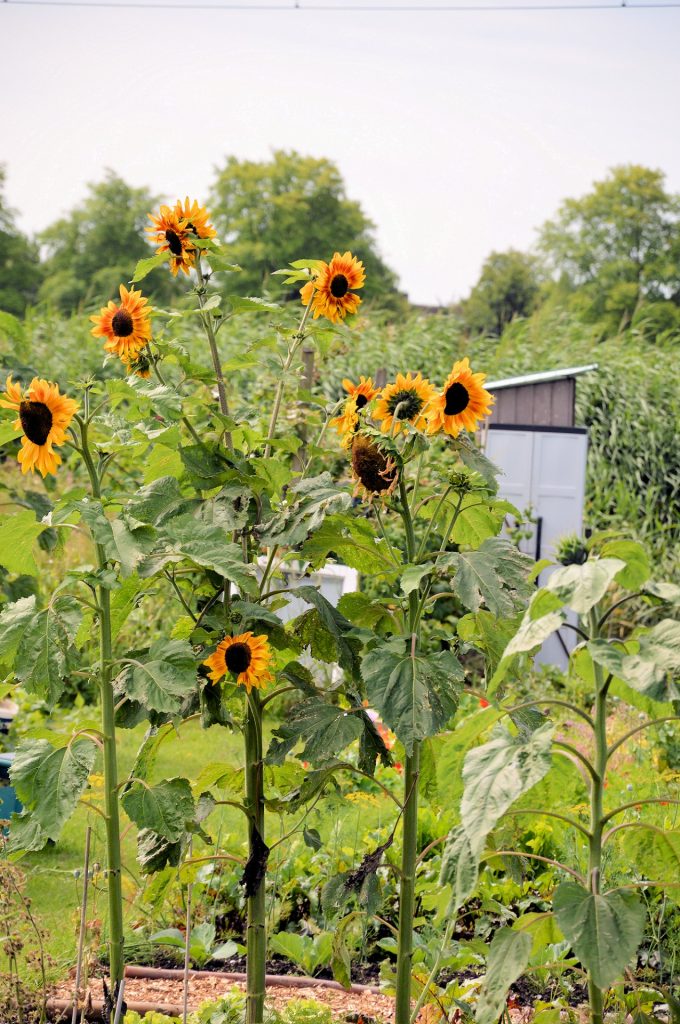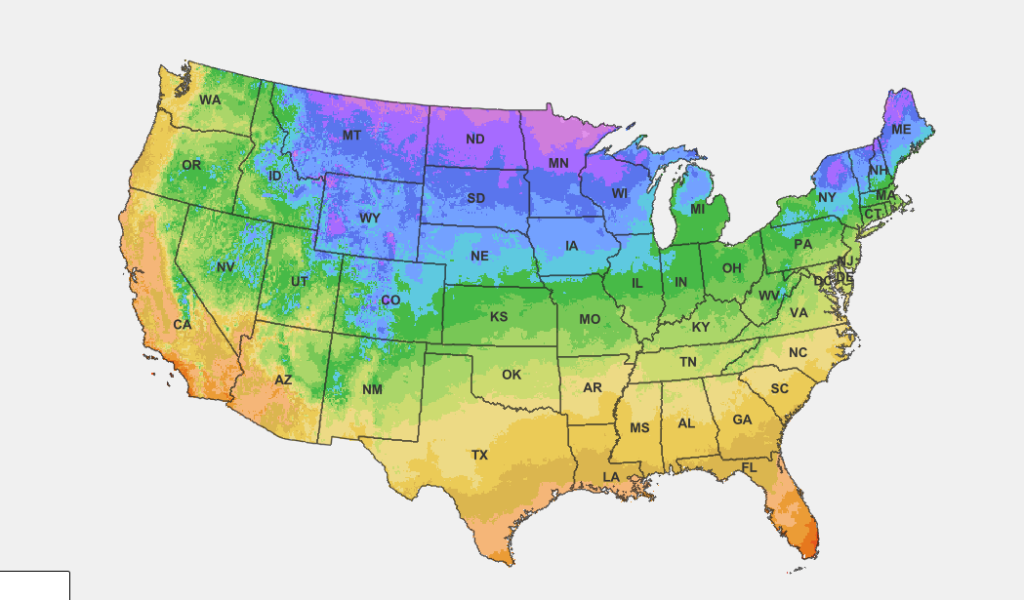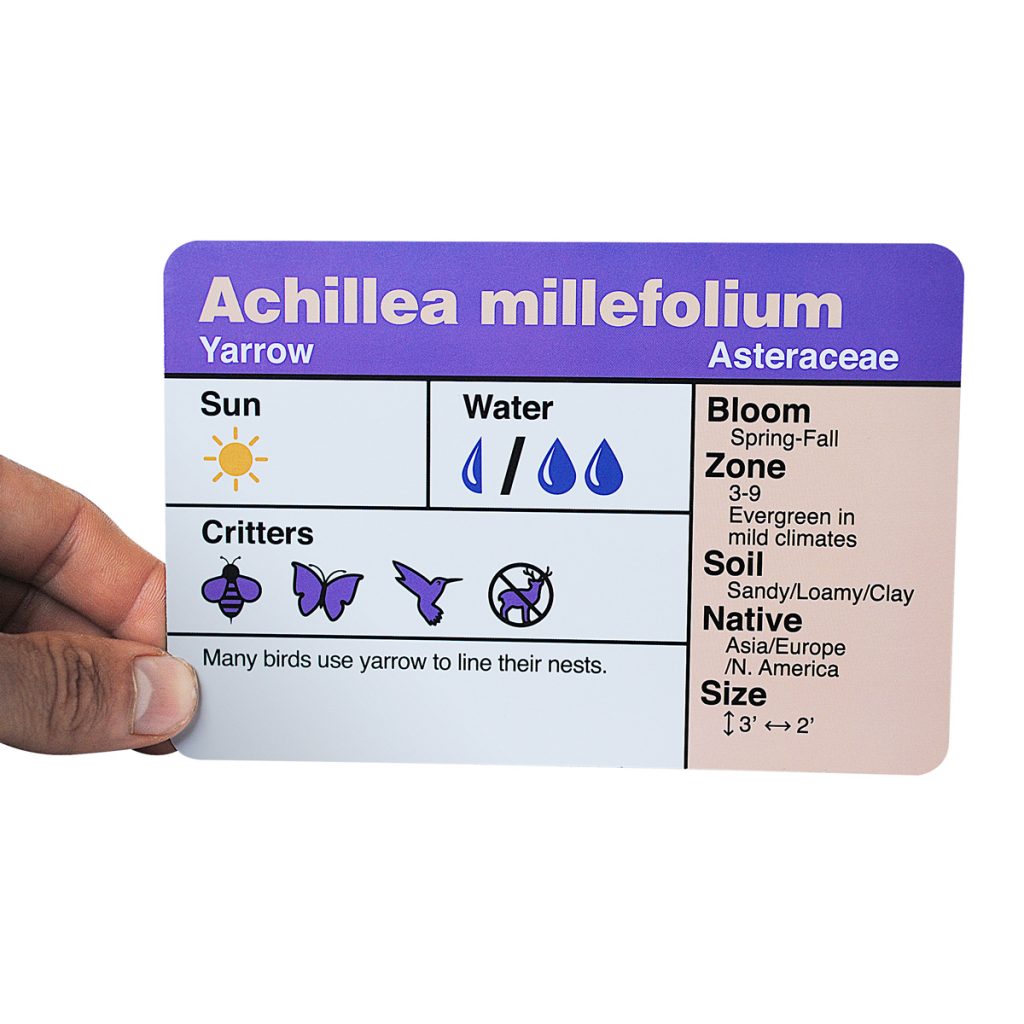If you live in the Northwest, you already know the drill: long stretches of rain, cloudy skies, and plenty of shade in the garden. Instead of fighting it, why not lean into it? A shady, moisture-rich yard can become one of the most enchanting spaces with the right plants.
Plants That Love Shade and Rain
Here are some great examples of plants that thrive in the shade and rain.
- Hostas: Known for their big, dramatic leaves, hostas come in shades of green, blue, and cream. They thrive in shady spots and are super low-maintenance once established. Deer love them, though, so keep that in mind!
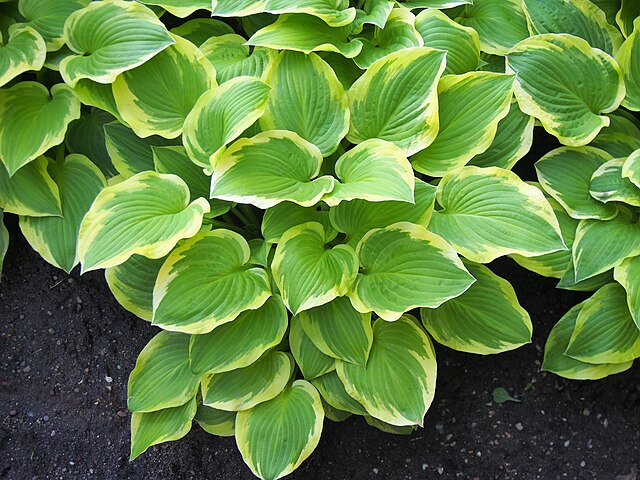
2. Hellebores: Sometimes called “Lenten roses,” hellebores bloom in late winter or early spring when little else is flowering. Their nodding blooms in pink, white, or purple add a pop of cheer to gray days.
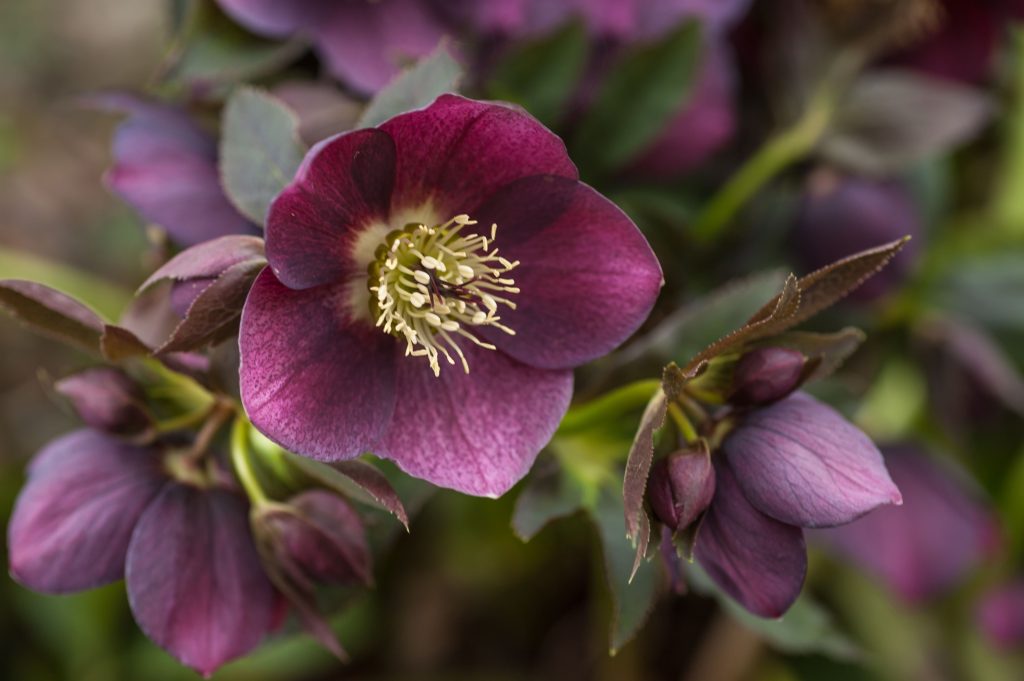
3. Trillium: A native woodland gem, trilliums are easily recognized by their three broad leaves and three-petaled flowers. They prefer cool, shady areas and reward patient gardeners with stunning spring blooms.
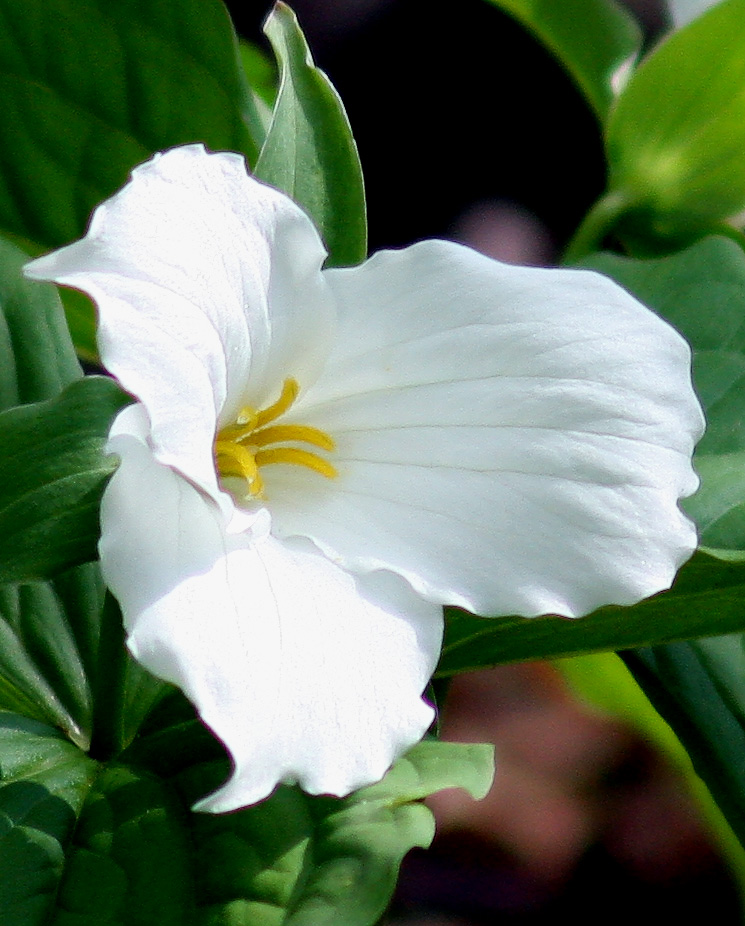
4. Moss: Moss doesn’t need much fuss—just shade and moisture. It creates a soft, velvety carpet that transforms stones, soil, or pathways into something that feels straight out of a fairytale forest.
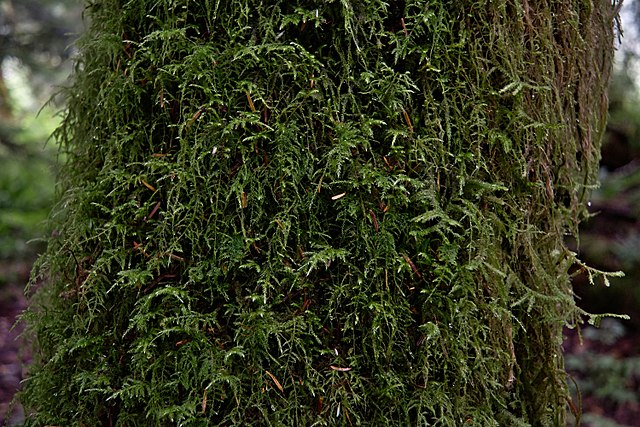
Design Tips for Shade Gardens
- Mix it up with layers: Try tall ferns in the back, big leafy hostas in the middle, and soft moss at ground level. The different heights make your garden feel fuller and more interesting.
- Play with leaf colors: Don’t just stick with plain green—mix in silvery brunnera or spotted lungwort to brighten up darker corners.
- Add something special: A stone path, a cozy bench, or even a moss-covered sculpture gives your garden personality and makes it feel inviting.
- Use the rain to your advantage: If your yard has a dip where water collects, turn it into a little rain garden. Or add a birdbath and let the wet weather create its own feature.
Shade Garden Planting Schedule
- Late Winter/Early Spring (Feb–Mar): This is the time to tuck in hellebores and trilliums. They’ll reward you with early blooms when the garden still feels sleepy.
- Spring (Apr–May): Add in your hostas, ferns, and brunnera. These guys love the cool, damp weather and will fill out quickly.
- Early Summer (June): Perfect time to get moss patches or groundcovers like ajuga established—let them spread and soften shady spots.
- Fall (Sept–Oct): Plant spring bulbs now and top everything off with a layer of mulch. It’ll keep the soil cozy for winter and set you up for a colorful spring.
And remember—we here at Plant ID Cards are happy to help in any way we can. Whether you’re choosing the right plants, figuring out placement, or just looking for inspiration, we love helping shade gardens thrive!

